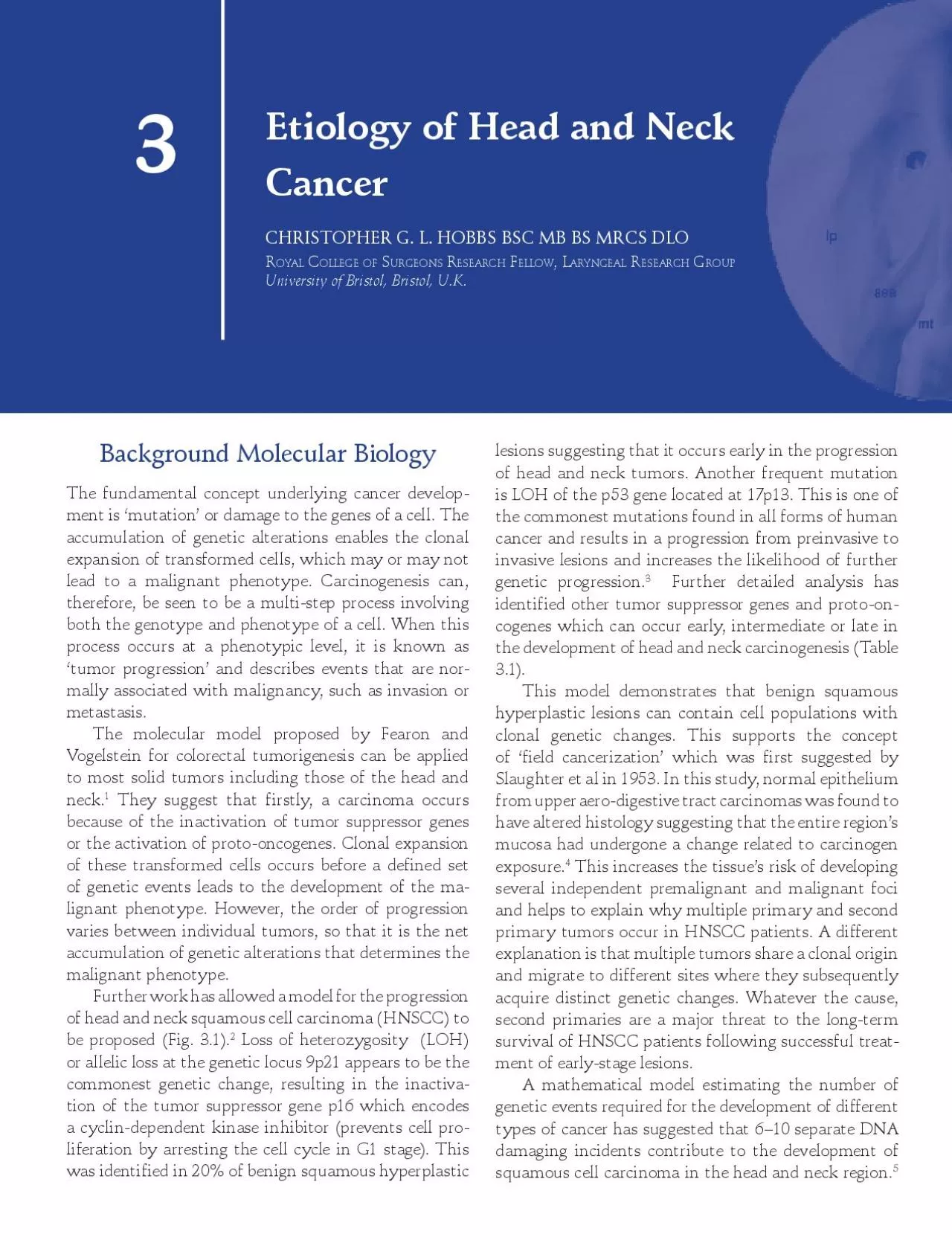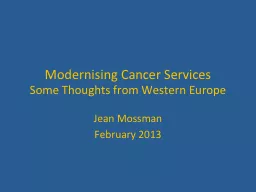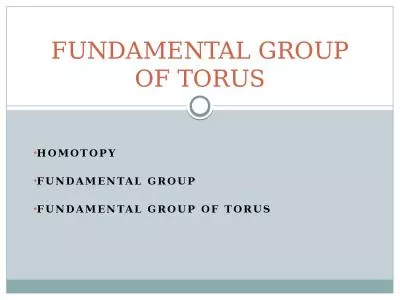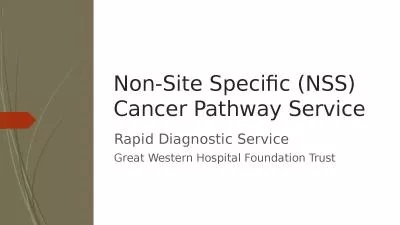PDF-The fundamental concept underlying cancer develop
Author : madeline | Published Date : 2022-10-13
ment is 145mutation146 or damage to the genes of a cell The accumulation of genetic alterations enables the clonal expansion of transformed cells which may or may
Presentation Embed Code
Download Presentation
Download Presentation The PPT/PDF document "The fundamental concept underlying cance..." is the property of its rightful owner. Permission is granted to download and print the materials on this website for personal, non-commercial use only, and to display it on your personal computer provided you do not modify the materials and that you retain all copyright notices contained in the materials. By downloading content from our website, you accept the terms of this agreement.
The fundamental concept underlying cancer develop: Transcript
Download Rules Of Document
"The fundamental concept underlying cancer develop"The content belongs to its owner. You may download and print it for personal use, without modification, and keep all copyright notices. By downloading, you agree to these terms.
Related Documents














